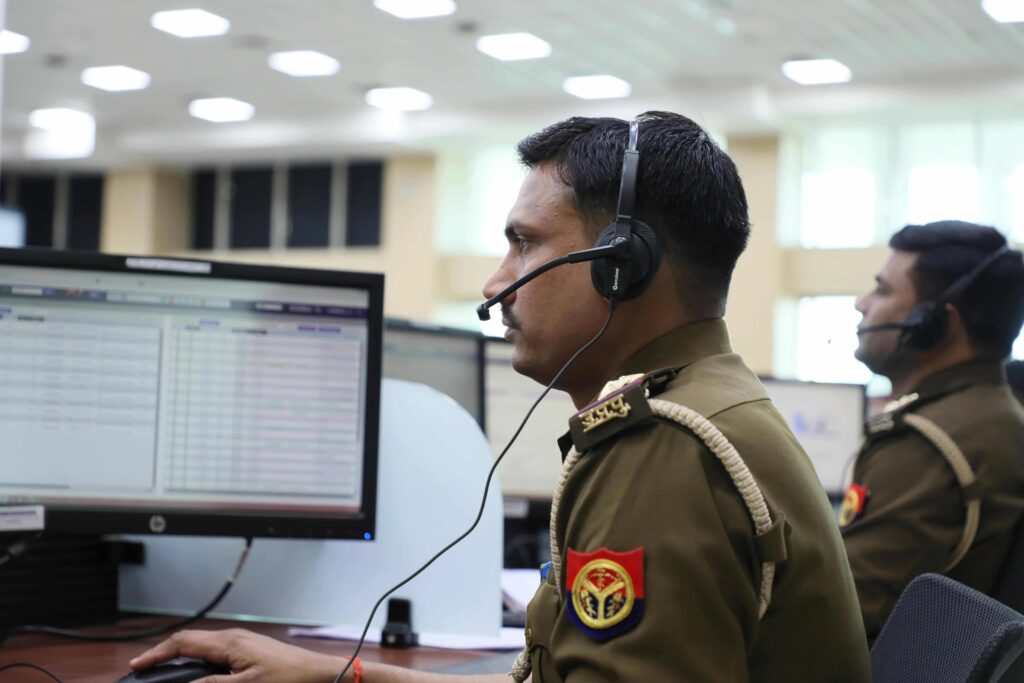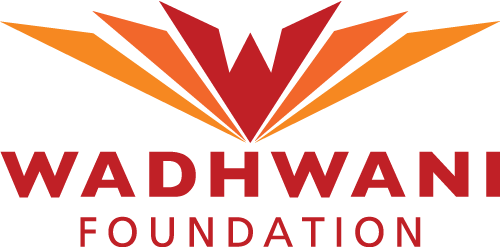Imagine this: you’re a citizen trying to get a caste certificate reissued. In one state, it takes weeks, multiple trips to the local office, and a paper trail that makes no sense. In another, it’s done within minutes via a mobile app — no queues, no confusion, just a few taps.
This difference isn’t just about technology. It’s about digital readiness.
For state governments, this isn’t just about launching a portal or setting up a help desk. It’s the ability to consistently deliver public services through simple, reliable, and scalable digital tools. More importantly, it means ensuring that those tools are accessible to everyone — from a college student in Bengaluru to a small business owner in Imphal.
What Makes a State Digitally Ready?

What does digital readiness really mean for state governments? It is built on five key areas:
- Skilled Workforce: Public servants—from clerks to collectors—should be trained to operate digital platforms, troubleshoot issues, and help citizens use them confidently.
- Accessible Citizen Services: Services must work across mobile devices, support multiple languages, and be easy for senior citizens and first-time users to navigate.
- Secure Infrastructure: Data must be stored securely, and systems should be designed to prevent downtime, fraud or breaches.
- Responsive Feedback Loops: Mechanisms to capture and act on citizen feedback must be built into every platform.
- Forward-Looking Leadership: State leaders need to support a culture that treats digital tools not as a tick-box exercise but as a vehicle for faster, better governance.
Many of these areas are reflected in our work through the Wadhwani Centre for Government Digital Transformation, which provides capacity building, playbooks and consultative support to government teams across India.
The Current Landscape

States across India are progressing at different speeds. While some are leading with digital-first initiatives — like Meeseva in Telangana or eDistrict in Kerala — others are still working on shifting from legacy systems and offline documentation.
In July 2024, during the Ninth Governing Council Meeting of NITI Aayog, several state governments presented updates on their digitalization efforts as part of India’s Vision 2047 strategy. These updates emphasized how online public services are contributing to greater ease of living, faster service delivery, and improved citizen trust. Sectors like education, health, property registration, and drinking water access were highlighted as key areas benefiting from digital systems.
So, the question isn’t whether digital readiness is important. The real question is: How ready is your state today?
A Simple Test: Is Your State Digitally Ready?
Here’s a short checklist that can help assess digital readiness at the state level:
| Indicator | Ask This Question |
| Accessibility | Can most services be accessed online by mobile users in rural areas? |
| Employee Skills | Are state employees confident in using digital platforms daily?ss |
| User Feedback | Does the government collect and act on citizen feedback? |
| Data Safety | Are there systems in place to secure sensitive citizen data? |
| Ease of Use | Can someone with low digital literacy navigate the portal without help? |
Even ticking off 3 out of 5 indicates a good starting point—but there’s always room to go further.
Why Citizens Should Care

This isn’t just a government problem. When your state is digitally ready:
- You spend less time in queues and more time with your family.
- You can track application status online instead of chasing paperwork.
- You avoid hidden charges, corruption, and the stress of “not knowing.”
Digital governance doesn’t just improve convenience. It builds transparency and levels the playing field.
Where We Go From Here
The shift to digital is no longer optional. But moving fast without getting the basics right can backfire. That’s why readiness matters more than speed.
State governments don’t need massive overhauls — they need clear strategies, trained people, and citizen-first thinking. Whether providing water connections or health insurance, the delivery system must work for everyone, every time.
As India builds toward its $5 trillion goal, digital readiness is the bedrock of that vision. It’s time every state asked itself: Are we prepared?



